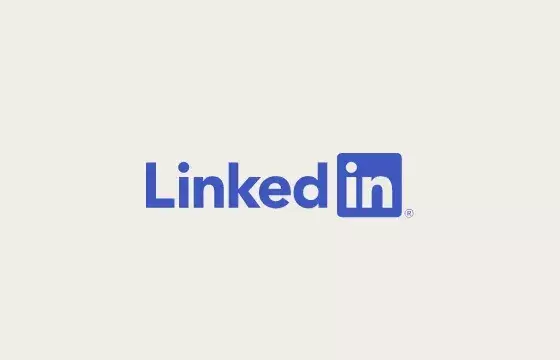In the competitive landscape of professional networking, authenticity has historically been the platform’s cornerstone. However, recent months reveal a disturbing trend: an influx of fake profiles, engagement pods, and automated comment generators diluting genuine interaction. This phenomenon does more than distort the user experience; it erodes trust and diminishes the value of LinkedIn as a platform for meaningful professional connection. Instead of serving as a marketplace of ideas and opportunities, it risks becoming a battleground of artificial activity. Such manipulative tactics do little to benefit the users or the platform’s reputation. They skew visibility, funnel engagement toward inorganic interactions, and ultimately undermine the core principle of real professional relationship-building.
LinkedIn’s Evolving Stance: Recognition and Response
Remarkably, LinkedIn appears to be shifting gears. A few weeks ago, the company acknowledged the presence of these issues, promising to take action. Now, the company has taken a definitive step by explicitly including restrictions on automated comments within its official guidelines. By stating that it may limit the visibility of comments created through automation tools or excessive activity, LinkedIn is sending a clear message: the era of unchecked engagement manipulation is over. This move signals a proactive stance—recognizing the problem publicly rather than brushing it under the rug. While previous efforts focused on algorithmic suppression, this new policy openly incorporates the potential for visible repercussions, thereby reinforcing the importance of trust and authenticity on the platform.
Implications for User Experience and Platform Integrity
The significance of LinkedIn’s explicit language cannot be overstated. It demonstrates an understanding that superficial engagement does more harm than good, and that measures must be taken to preserve the platform’s professional integrity. This kind of transparency could shape user perceptions positively, encouraging more users to participate genuinely rather than resort to unethical shortcuts. Furthermore, it might serve as a deterrent for those considering engagement pods or automation services—who often rely on the promise of inflated metrics without considering the long-term damage to their reputations or the platform’s health. Yet, the challenge remains: enforcement of these policies, especially for activities orchestrated off-platform, continues to be complex. Still, the move signals a firm commitment, elevating the platform’s stance from reactive suppression to proactive regulation.
The Broader Battle for Genuine Connection in Digital Spaces
LinkedIn’s efforts reflect a broader, perhaps unavoidable, conflict present across virtually all social and professional platforms. With the temptation to chase quick engagement metrics, some users and brands prioritize volume over value, undermining the very nature of social credibility. Platforms like LinkedIn have unique stakes—they are integral to career development, recruitment, and business growth. If users begin perceiving the platform as cluttered with disingenuous activity, it could diminish trust and curb engagement altogether. Hence, LinkedIn’s decisive language and policy updates are crucial not just for policing behavior but for restoring faith in the system. Real engagement—authentic, insightful, professional—is not only desirable but essential for the platform’s future viability.
Looking Ahead: Will Words Turn into Effective Actions?
Despite these promising signals, skepticism remains. History shows that policies announced without strict enforcement often falter. The real test lies in how effectively LinkedIn can monitor, identify, and penalize manipulation on a consistent basis. Still, the manufacturer of this policy shift highlights an important shift in corporate priorities—from maximizing engagement numbers at any cost to fostering a trustworthy environment that values quality over quantity. As LinkedIn continues defining its stance against fake profiles, engagement pods, and automation abuse, it lays the groundwork for a more authentic, valuable experience for all users. Whether these measures will truly shift user behavior remains to be seen, but what is clear is that the platform recognizes the need for change—and is willing to back it up with concrete policy reforms.


Leave a Reply